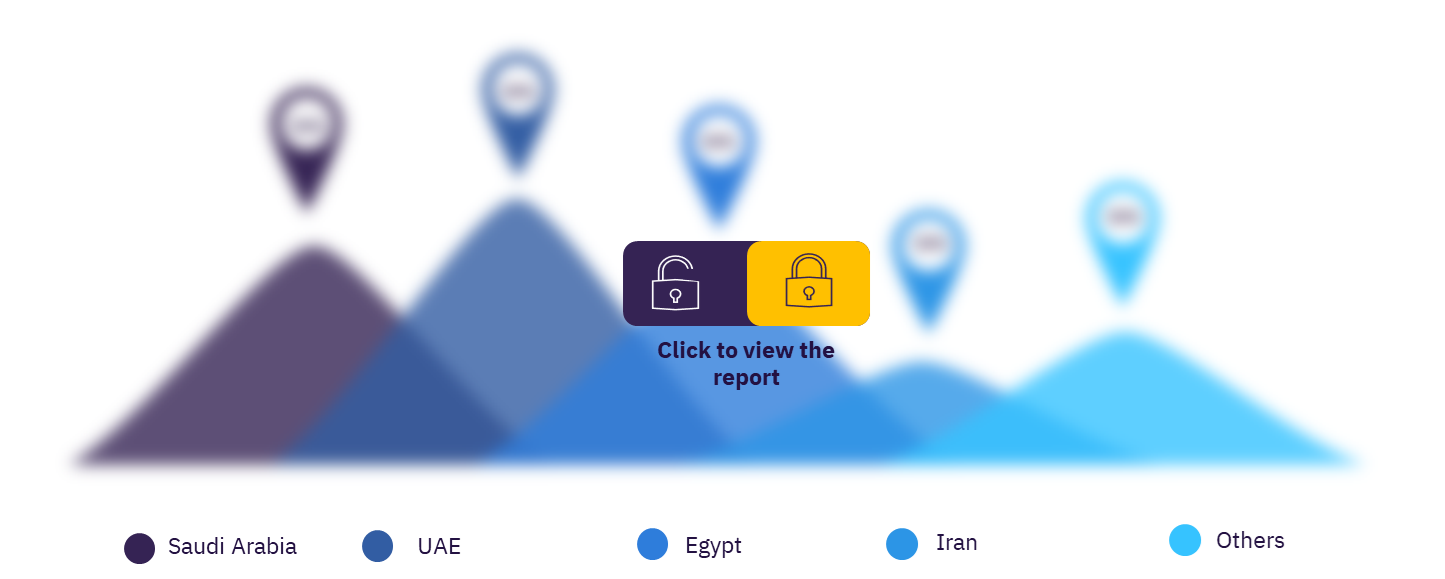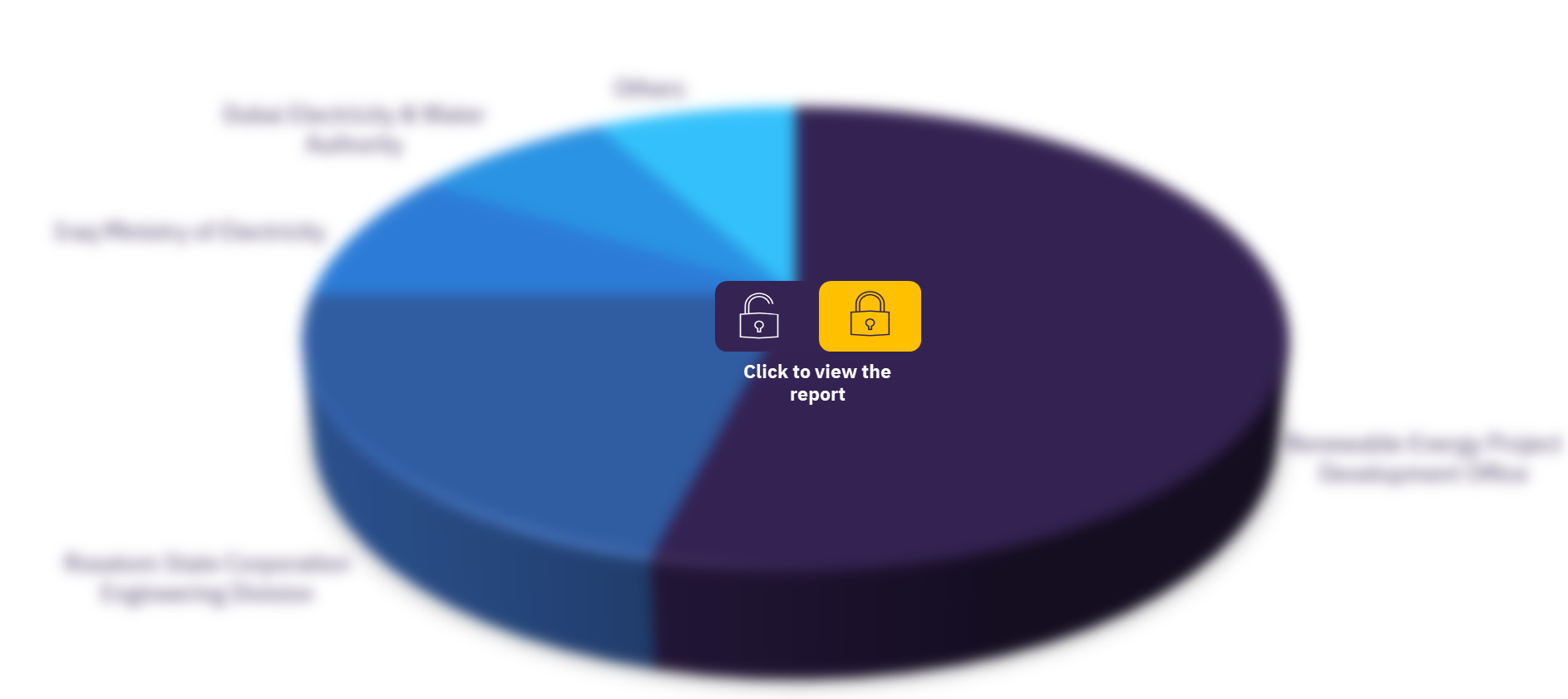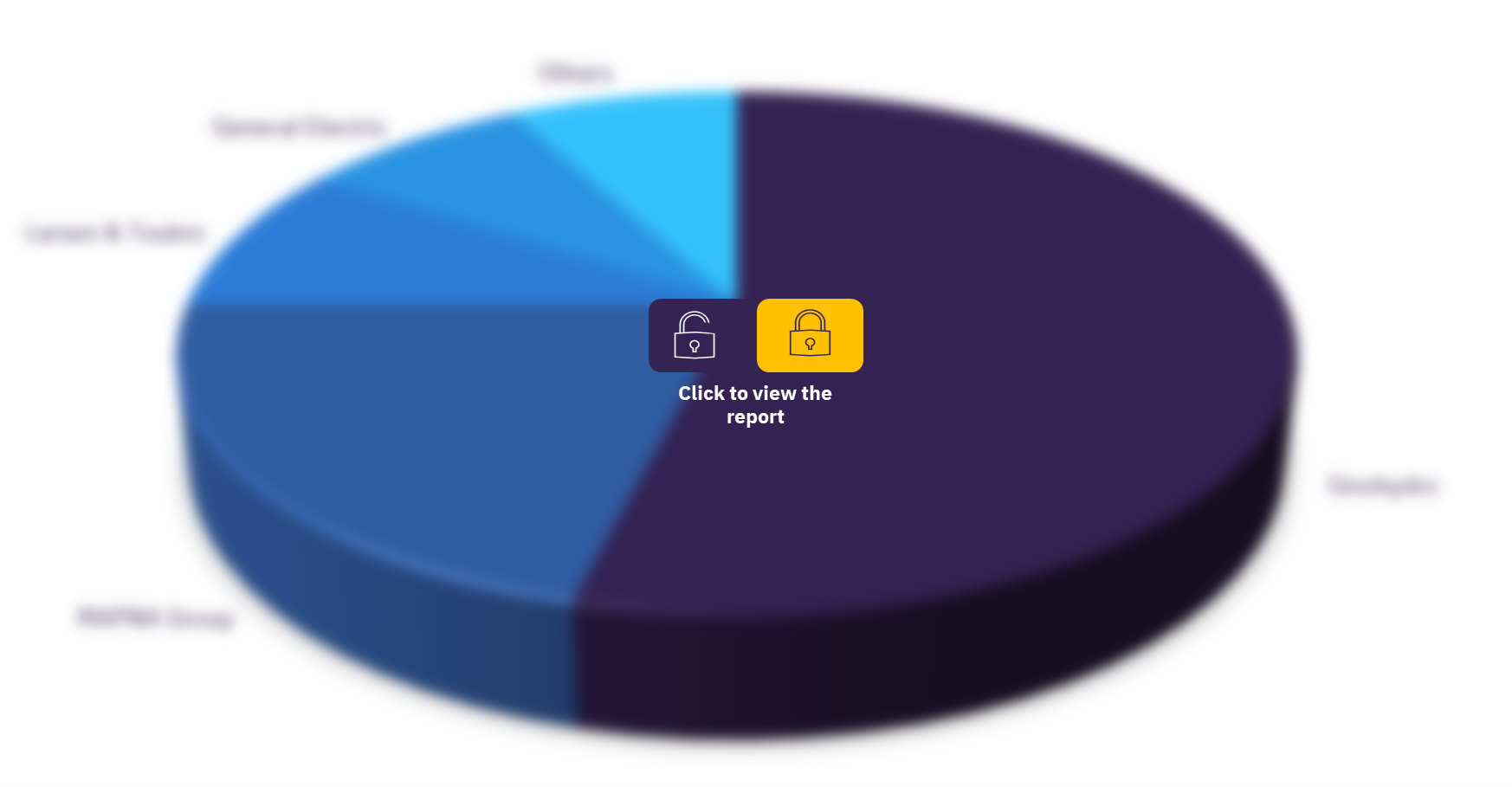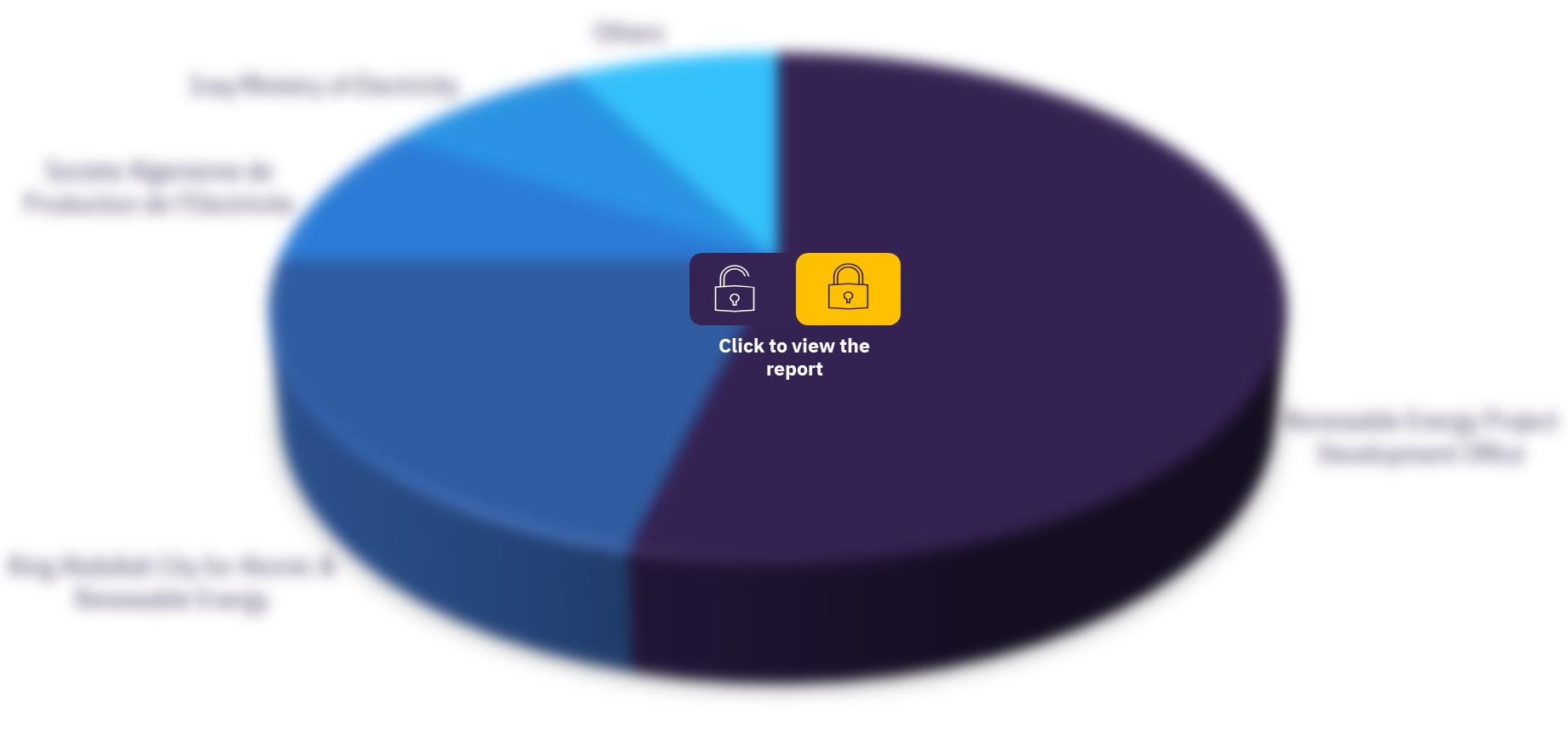MENA Power 2022 – The outlook for projects and investment in the Middle East and North Africa power market – MEED Insights
Powered by ![]()
All the vital news, analysis, and commentary curated by our industry experts.
The Middle East and North Africa (MENA) power projects market outlook report for projects and investments is a comprehensive country-by-country review of the MENA power sector with in-depth analysis on supply and demand, projected investment levels, the role of the private sector, and the search for alternative energy.
With about $30 billion per year of capital spending on major projects, the power sector is one of the strongest and most reliable providers of business and investment opportunities in the MENA region. But the nature of that investment is changing. In the era of the energy transition, it is no longer enough for governments to simply increase production capacity to meet rising demand. Policymakers are also focused on decarbonizing the economy, and on reducing greenhouse gas emissions (GHG). At the same time, increasingly strained public finances are forcing reforms aimed at reducing the cost of subsidizing energy and reducing waste.
What are the market dynamics of power projects in MENA?
Population growth and industrial expansion are driving rising energy consumption across the MENA region, putting electricity generation capacity among the highest priorities. As a result, the region will continue to see large-scale investments in new generation capacity, as well as transmission and distribution networks.
The biggest transformation is the drive to diversify the region’s energy mix. Faced with a shortage of readily available gas supplies and attracted by the falling cost of technology, nearly all MENA countries are now procuring or planning solar and wind projects. They are also looking at other forms of renewable and alternative energy, from waste-to-energy to nuclear power. Utilities are also investing in digital data technologies such as the internet of things (IoT), blockchain, smart grids, artificial intelligence (AI), and digital twins, in order to improve efficiency and reduce waste.
COVID-19 had a severe impact on the MENA power sector in 2020 and 2021. But as the region recovers from the pandemic, demand has recovered and the outlook for the regional power projects market is incredibly strong.
What is the sector-wise outlook of power projects in MENA?
The key sectors of power projects in MENA are commercial sector, industrial sector, residential sector, transport sector, and others.
In 2020, the residential sector was the largest contributor to total power consumption in the MENA region followed by the industrial sector.
MENA power projects market, by sector
For more sector insights, download a free sample
Which are the leading countries in terms of power projects in MENA?
The key countries of power projects in MENA are Saudi Arabia, Kuwait, Iran, UAE, Iraq, Egypt, Qatar, Algeria, Oman, Bahrain, Jordan, Libya, Syria, Tunisia, Morocco, Lebanon, and Yemen.
While the region’s biggest economies, Saudi Arabia and the UAE, and its biggest populations, Egypt and Iran will continue to account for the biggest share of energy consumption, as well as demand growth, smaller markets such as Iraq, Libya, and Syria will see very high growth in consumption as they recover from years of conflict and instability that have ravaged their economies.
MENA power projects, by key countries
To know more about key countries, download a free sample
Who are the leading clients of power projects in MENA?
The leading clients of power projects in MENA are Rosatom State Corporation Engineering Division, Iraq Ministry of Electricity, Dubai Electricity & Water Authority, Renewable Energy Project Development Office, and Atomic Energy Organization of Iran.
MENA power projects, by leading clients
To know more about leading clients, download a free sample
Who are the leading contractors of power projects in MENA?
The leading contractors of the power projects in the MENA region are MAPNA Group, Larsen & Toubro, General Electric, Sinohydro, and China Machinery Engineering Corporation.
MENA power projects, by leading contractors
To know more about leading contractors, download a free sample
Which are the leading ministries & government agencies of power projects in MENA?
The leading ministries & government agencies of power projects in the MENA region are King Abdullah City for Atomic & Renewable Energy, Societe Algerienne de Production de l’Electricite, Iraq Ministry of Electricity, Renewable Energy Project Development Office, and Dubai Electricity & Water Authority.
MENA power projects, by leading ministries & government agencies
To know more about leading ministries & government agencies, download a free sample
Market report scope
| Key sectors | Commercial Sector, Industrial Sector, Residential Sector, Transport Sector, and Others |
| Key countries | Saudi Arabia, Kuwait, Iran, UAE, Iraq, Egypt, Qatar, Algeria, Oman, Bahrain, Jordan, Libya, Syria, Tunisia, Morocco, Lebanon, and Yemen |
| Key clients | Rosatom State Corporation Engineering Division, Iraq Ministry of Electricity, Dubai Electricity & Water Authority, Renewable Energy Project Development Office, and Atomic Energy Organization of Iran |
| Key contractors | MAPNA Group, Larsen & Toubro, General Electric, Sinohydro, and China Machinery Engineering Corporation |
| Key ministries & government agencies | King Abdullah City for Atomic & Renewable Energy, Societe Algerienne de Production de l’Electricite, Iraq Ministry of Electricity, Renewable Energy Project Development Office, and Dubai Electricity & Water Authority |
Reasons to Buy
- Understand the Middle East and North Africa (MENA) power sector
- Detailed analysis of power project investment plans in 17 MENA markets
- Examines the impact of COVID-19 on the renewable energy sector
- Projects opportunities with client and procurement details
- Assessment of opportunities in Middle East renewables
- Examines sustainable energy strategies in the MENA region
- Analysis of the outlook for MENA renewable energy projects
Table of Contents
Table
Figures
Frequently asked questions
-
What is the sector-wise outlook of power projects in MENA?
The key sectors of power projects in MENA are the commercial sector, industrial sector, residential sector, transport sector, and others.
-
Who are the leading clients of power projects in MENA?
The leading clients of power projects in MENA are Rosatom State Corporation Engineering Division, Iraq Ministry of Electricity, Dubai Electricity & Water Authority, Renewable Energy Project Development Office, and Atomic Energy Organization of Iran.
-
Who are the leading contractors of the power projects in MENA?
The leading contractors of power projects in the MENA region are MAPNA Group, Larsen & Toubro, General Electric, Sinohydro, and China Machinery Engineering Corporation.
-
Which are the leading ministries & government agencies of the power projects in MENA?
The leading ministries & government agencies of power projects in the MENA region are King Abdullah City for Atomic & Renewable Energy, Societe Algerienne de Production de l’Electricite, Iraq Ministry of Electricity, Renewable Energy Project Development Office, and Dubai Electricity & Water Authority.
Get in touch to find out about multi-purchase discounts
reportstore@globaldata.com
Tel +44 20 7947 2745
Every customer’s requirement is unique. With over 220,000 construction projects tracked, we can create a tailored dataset for you based on the types of projects you are looking for. Please get in touch with your specific requirements and we can send you a quote.















